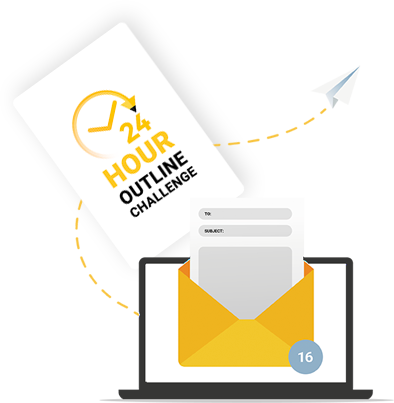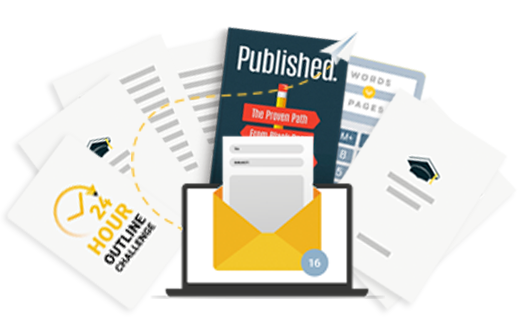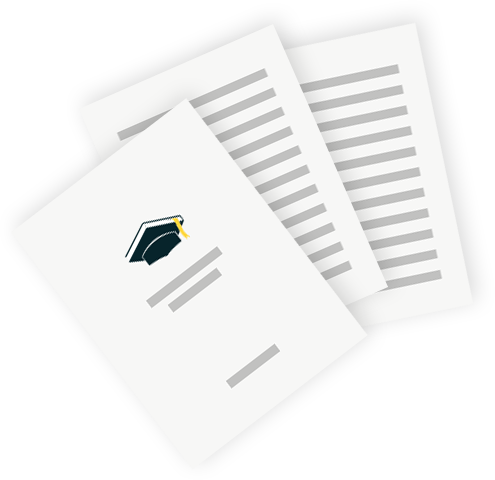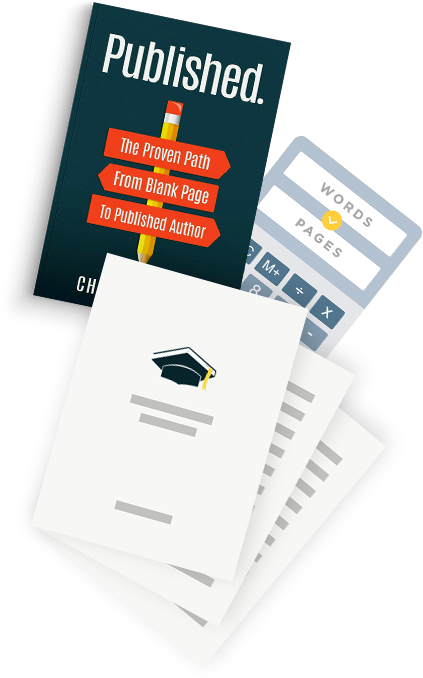Bildungsroman is the literary genre that will make you sound the most like you’re talking around a mouthful of jell-o when you pronounce it. But it’s basically a coming-of-age story, so they typically follow a young protagonist as they deal with maturing.
In this short article, we’ll look at:
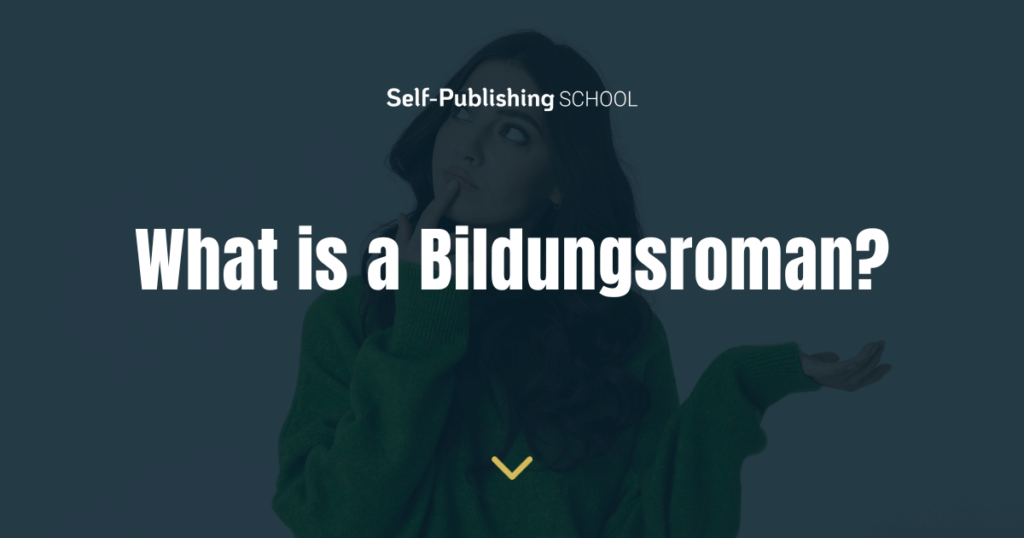
What is a bildungsroman?
A bildungsroman is a literary genre that focuses on the moral, psychological, spiritual, and/or intellectual growth of a character, typically a young person, from youth to adulthood.
The term “bildungsroman” comes from the German words “Bildung,” meaning education or formation, and “Roman,” meaning novel. So it’s a book about a character learning, growing, and forming into a truer version of themselves.
These stories usually follow a character on the cusp of some—usually age-based—change. Common themes in bildungsroman stories include self-discovery, coming of age, identity, and milestones.
Bildungsroman books are almost always written in first-person perspective, because that allows us to explore the world of the story through the eyes of someone who, in a way, is seeing it for the first time themselves. The perspective of a child is often the most poignant, understanding perspective you can use in a book.
Examples of bildungsroman
Here are a few famous examples of bildungsroman stories.
To Kill a Mockingbird by Harper Lee
This novel follows a young girl named Scout as she grows up in a small Alabama town during the 1930s. Throughout the story, Scout learns about the harsh realities of racism and inequality by watching her lawyer father defend a Black man against false assault charges.
While grappling with the complexities of the adult world, she also struggles with her own emerging sense of morality and self-identity. Through the story, she learns about justice, empathy, and courage. The bildungsroman structure gave Lee the character perspective for exploring those themes in a powerful, nuanced way, through the eyes of a child.
The Catcher in the Rye by J.D. Salinger
Teenage Holden is expelled from his prep school and spends a few days wandering around New York City. He encounters a series of characters who challenge his assumed beliefs.
Holden has difficulty connecting with people, because he thinks they’re all “phonies.” His days spent wandering end up challenging these beliefs. He feels isolated and alienated because he thinks no one is genuine.
After various encounters, including with an ex, a sex worker, and a former teacher, Holden has a few Realizations™. The story concludes with Holden in a mental hospital, the classic coming-of-age ending.
The novel’s focus on character development, psychological exploration, and coming to terms with becoming an adult human make it a good example of the bildungsroman genre.
Jane Eyre by Charlotte Bronte
We meet Jane Eyre as an abused orphan child, living with her mean ol’ aunt. Then she’s sent to a school, where she is abused even more. Life is bleak for our girl Jane.
She works her way to becoming a governess slash tutor for a rich man’s young ward. They bond, and she also grows feelings for the man (Rochester 🙄). They are mid-wedding when a man bursts through the door T-Swift style to object to the marriage on grounds that Rochester is already married to his sister!
Betrayal, drama, a ghost that turns out to be the mentally unwell wife Rochester keeps LOCKED IN THE ATTIC, nearly dying of exposure, being taken in by a gaggle of siblings that want to marry her, returning to Rochester’s house to find it burned to the ground, the wife dead, and Rochester left visually impaired. Then she marries him! Wild. Anyway.
Jane Eyre follows Jane through her entire bummer of a life, exploring the classic bildungsroman themes like self-discovery, identity, and personal agency. (But babe… Rochester? For what?)
The Perks of Being a Wallflower by Stephen Chbosky
This novel follows Charlie, a high school freshman with mental health issues and social anxiety. Through his relationships with his peers and his English teacher, Charlie learns to come to terms with his past and find his place in the world.
Lady Bird (2017) directed by Greta Gerwig
Lady Bird is a rebellious high school senior from Sacramento who wants nothing more than to escape her tumultuous relationship with her mother and flee to college on the East Coast. She learns to navigate the challenges of growing up and the importance of her own voice. (It’s a great film—girlies with mommy issues should proceed with caution.)
Genres similar to bildungsroman
Some genres that are similar to bildungsroman include:
Quest novels: These follow a protagonist on a journey or quest, during which they undergo personal growth and development. An example of Journey to the Center of the Earth by Jules Verne.
Autobiographical novels: Many books written about the author’s real-life experiences will focus on their personal growth and development, making them a type of bildungsroman.
Memoirs: Like writing your autobiography, but slightly different. Memoirs are based on the author’s real-life experiences and focus on personal growth and development, but they are typically formed around a theme or specific period of a person’s life, rather than their whole life. Still non-fiction, not taking the form of a novel. This article covers more about the differences between an autobiography and memoir.
Psychological novels: These novels explore the inner workings of the mind and often deal with themes of personal growth and transformation, like Great Expectations by Charles Dickens.
Overall, these genres share a focus on personal growth and development, often following the journey of a character as they navigate the challenges of life and come to a greater understanding of themselves and the world around them.
